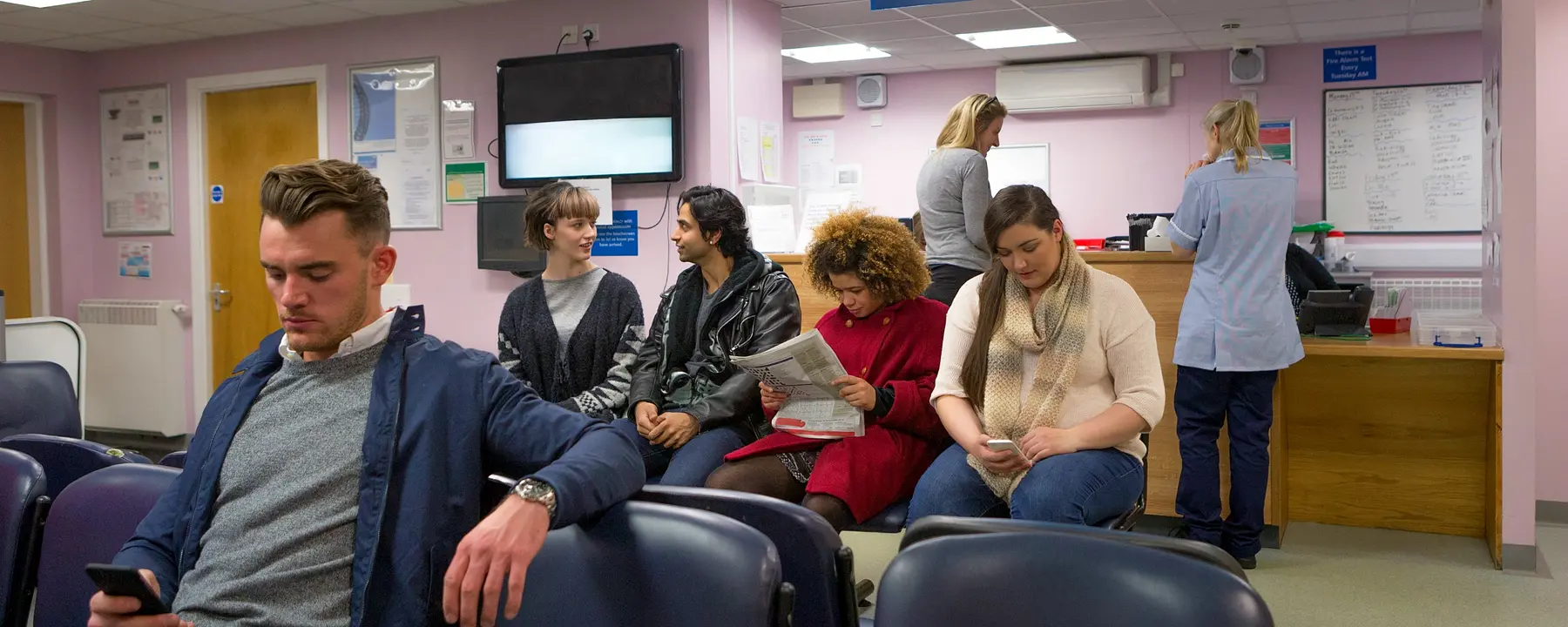Identifying and filling gaps in the HIV care continuum using evidence-based eHealth technology
Initiating and staying engaged in medical care is challenging for many patients living with HIV. Despite the efforts of care providers, a patient may drop out of care for various reasons, often resulting in discontinuation of medications and a negative impact on individual and public health.
In 2014 the Centers for Disease Control and Prevention (CDC) reported that 70 percent of people living with HIV had not achieved viral load suppression, and only 30 percent of all people with HIV know they are infected and get regular care.
Preventing gaps in what is known as the HIV care continuum is crucial to help a patient reach viral suppression through antiretroviral therapy. The HIV care continuum delineates the sequential steps or stages of HIV medical care that people living with HIV go through―from diagnosis to achieving viral suppression. This continuum is key to reducing general transmission rates and improving the patient’s quality of life.
Improving Medical Adherence and Reducing Risk Behaviors with Digital Health Interventions
Studies have shown that digital health interventions can facilitate patient-provider communication and deliver relevant, tailored information, which is more effective than general prevention messaging. However, few digital health interventions are designed to be scaled up or expanded to benefit patients across clinics and other health care settings.
To address this challenge, our experts worked with CDC, people living with HIV, and the clinicians who care for them, to develop Positive Health Check, a web-based intervention to help people living with HIV achieve better clinical outcomes and improve patient-provider communication.
Next, to attend to the issue of implementing the interventions in clinic settings, we set up a pilot program with four clinics. Clinic staff were trained and then used the intervention for a one month period. Through this pilot we learned about the important challenges digital interventions face when incorporated into clinic workflows.
Refining an eHealth Digital Intervention Tool to Better Educate and Inform
Patients access Positive Health Check on a tablet within the clinical setting where they can highlight health questions to discuss with their provider. Designed for use on multiple platforms and with minimal assistance from staff, the Positive Health Check intervention can be used in rural clinics and other settings that serve patients living with HIV.
Within the Positive Health Check intervention video, a virtual doctor asks the patient a range of questions about medication and appointment adherence and health behaviors. Patients who report that they take their medication regularly and engage in safe sex receive tailored messages encouraging them to continue the behavior. Patients who report otherwise receive tailored suggestions for avoiding risky behaviors and are prompted to select tips or strategies to try before their next appointment. This approach capitalizes on tailored messaging strategies that have been shown to be more effective than a one-message-fits-all approach.
When the patient finishes the intervention, Positive Health Check generates a handout with questions and tips the patient selected to facilitate conversation between provider and patient during the appointment.
Studying the Impact of eHealth on HIV Patient Outcomes
We are now working with CDC under a cooperative agreement to bring Positive Health Check to a larger population of people living with HIV and evaluate its impact on medication adherence and other patient outcomes. This study will also enable our team to further examine the feasibility and cost of implementation.
By delivering personalized patient information to patients, Positive Health Check may support provision of better care to the thousands of people living with HIV, helping these individuals prevent gaps in care and improving their health and quality of life.
- Centers for Disease Control and Prevention (CDC)


